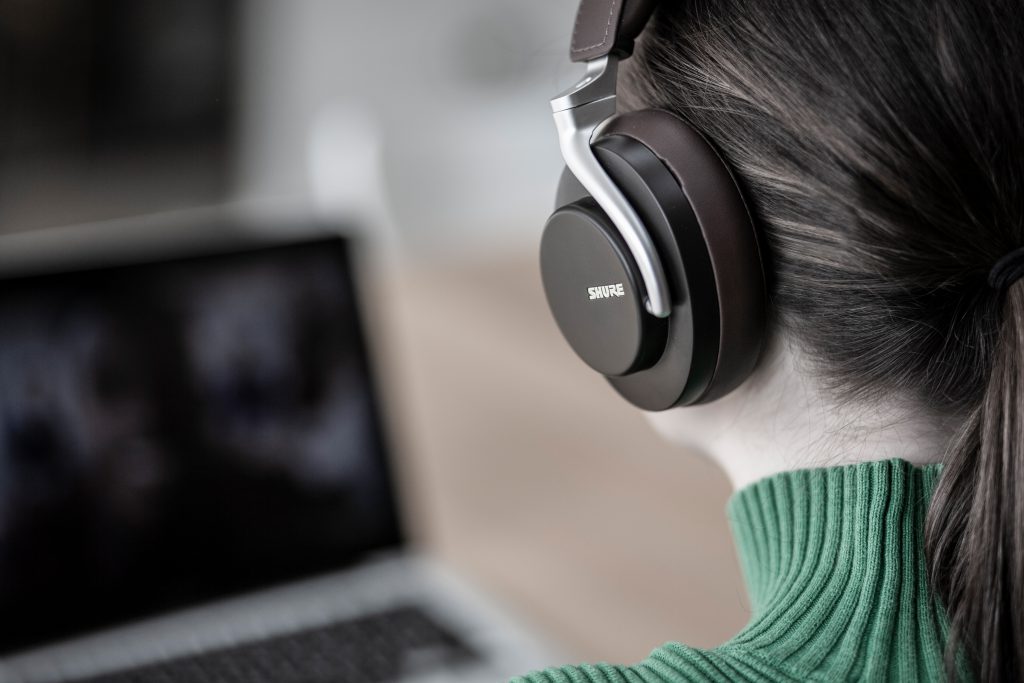Even though some companies are making plans to reopen their workplaces, #WFH isn’t going anywhere.
Most likely, people will continue to work from home into next year. In the U.S., leading tech companies like Google, Facebook, Amazon and countless others set their timelines, with projected return-to-work dates landing in the summer of 2021.
“Beginning July 6, assuming external conditions allow, we’ll start to open more buildings in more cities,” writes Sundar Pichai, CEO of Google and Alphabet, in a blog post to employees. “This will give Googlers who need to come back to the office—or, capacity permitting, who want to come back—the opportunity to return on a limited, rotating basis.”
As “Googlers” go back to their offices, it’ll only be for a day here and there — not a full-time return to the 9-to-5. With that in mind, the company will generously give its employees a $1,000 stipend to expense office equipment and furniture for their remote work environment.
That would be a welcome gift to many of the roughly 66{f2354a721c4e5c9215723e43a2b0ae256a79abd6fa427e03dbc4f507096d89be} of U.S. employees who worked remotely at least part of the time during the pandemic. According to research by Microsoft, only 35{f2354a721c4e5c9215723e43a2b0ae256a79abd6fa427e03dbc4f507096d89be} of remote workers have an established home office.
For those without a home office, it’s led to an always-on approach to work, rather than limiting activity between normal business hours. The results have been feelings of burnout and stress that continue to build.
Dedicating a “work zone” can create not only a sense of separation, but bring routine and normalcy to your day — potentially boosting productivity. But, do you need $1,000 to set up a decent home office?
The short answer is: No — not really.
You can set up a respectable home office for under $1,000 and start crushing it remotely. But surely, you can exceed that limit too.
Your best bet is to start with the essentials.
In addition to a sturdy desk, a comfortable chair and the typical office furnishings, you need to have these tech essentials to create a well-functioning home office that’s primed for remote collaboration.
Invest in High-speed Internet
Remote collaboration skyrocketed this spring as workers sheltered in place because it was one of the only ways to safely stay connected with co-workers and colleagues, friends and family.
Platforms like Zoom and Teams saw unexpected growth at the beginning of the pandemic, and recent reports show subscription rates increased. Microsoft’s CEO Satya Nadella shared in October 2020 that its daily active user count for its video conferencing platform, Teams, jumped 50{f2354a721c4e5c9215723e43a2b0ae256a79abd6fa427e03dbc4f507096d89be} to over 115 million. Earlier in the year, Zoom experienced unprecedented growth, swelling to more than 300 million daily active users.
But, without reliable internet, those millions of people wouldn’t be able to connect with one another — not with awkward frozen screens, frustratingly poor audio, and more. When you set up your home office, high-speed internet makes or breaks your ability to connect.
Treat Yourself to External Monitors (At Least One)
Some might have taken for granted the many superb aspects of IT’s choice in hardware — but surely, external monitors are missed the most.
For months on end, many subjected themselves to the 15-inch — or even 13-inch — monitor of their work-issued laptops, forced to constantly pick and choose which application to have front and center.
It’s no way to work.
A well-lit display that clearly shows your work makes it far more enjoyable than readjusting windows and zooming in and out of applications. External monitors can help improve not only your optics but your posture and the fatigue you feel come 2:30 p.m.
Consider investing in at least one external monitor between 26 and 30 inches to dramatically improve your work-from-home experience. If you want to really deck out your home office, look at monitor stands to free up limited space and to better organize cables.

Condemn Bad Audio for Good
Bad audio takes the blame for poor meetings, failed communication, and fatigue at the end of the day.
What’s the cause?
Perhaps it’s your internet connection or maybe the $15 earbuds from the check-out lane. Regardless of what’s causing poor audio, remote workers should not stand for it.
But what are the solutions?
There are a few options here, starting with an upgrade to your headset:
Headphones
A quality pair of on-ear or over-the-ear headphones elevate video conferencing at home like few other pieces of technology can. Instantly, people wonder how they’ve made it so far without them — and they don’t have to break the bank either.
Many companies today offer headphones that deliver high-quality audio, along with several other features, at price points between $50 and $150; naturally, you can find even nicer headsets at higher prices too. Consider investing in a pair specifically designed for video conferencing and some that feature Bluetooth pairing to free yourself from cables.
Conferencing Speakers
Much like you’d expect at the office, conference speakers can solve many audio issues at home.
If you’re not a fan of wearing a headset all day, a key alternative to consider would be a conferencing speaker that offers high-quality, reliable audio, and connects easily to your setup for video calls.






